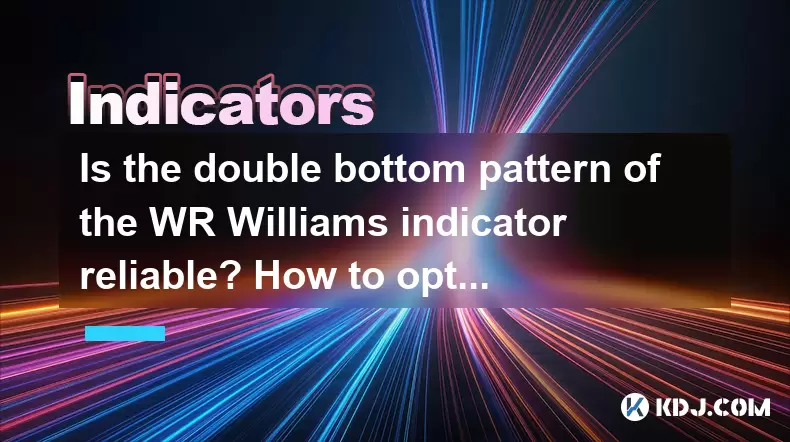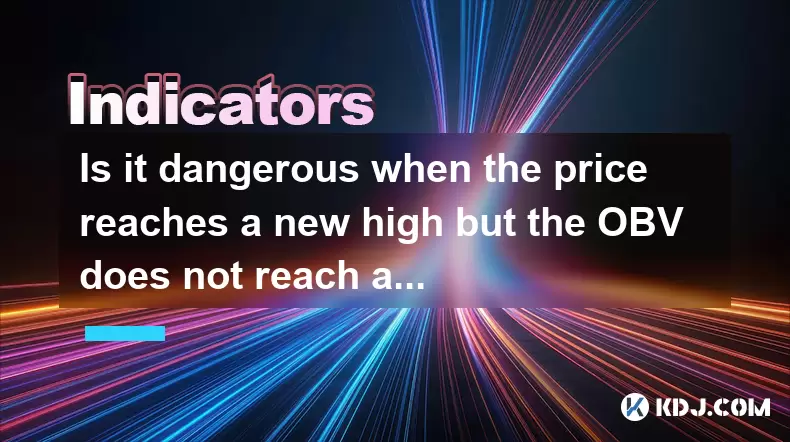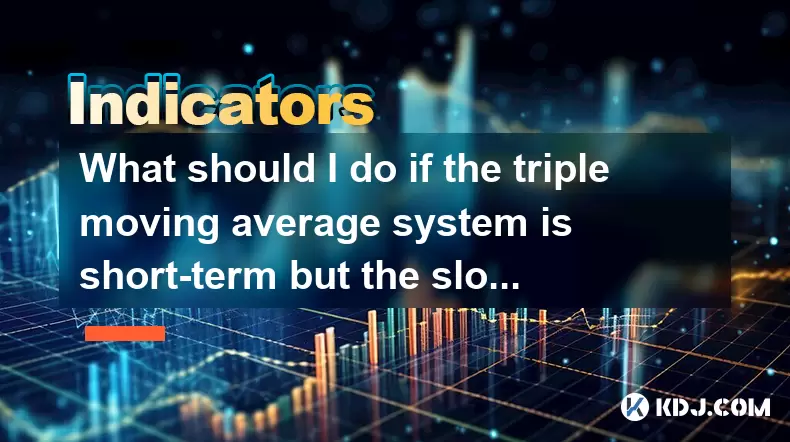-
 Bitcoin
Bitcoin $106,754.6083
1.33% -
 Ethereum
Ethereum $2,625.8249
3.80% -
 Tether USDt
Tether USDt $1.0001
-0.03% -
 XRP
XRP $2.1891
1.67% -
 BNB
BNB $654.5220
0.66% -
 Solana
Solana $156.9428
7.28% -
 USDC
USDC $0.9998
0.00% -
 Dogecoin
Dogecoin $0.1780
1.14% -
 TRON
TRON $0.2706
-0.16% -
 Cardano
Cardano $0.6470
2.77% -
 Hyperliquid
Hyperliquid $44.6467
10.24% -
 Sui
Sui $3.1128
3.86% -
 Bitcoin Cash
Bitcoin Cash $455.7646
3.00% -
 Chainlink
Chainlink $13.6858
4.08% -
 UNUS SED LEO
UNUS SED LEO $9.2682
0.21% -
 Avalanche
Avalanche $19.7433
3.79% -
 Stellar
Stellar $0.2616
1.64% -
 Toncoin
Toncoin $3.0222
2.19% -
 Shiba Inu
Shiba Inu $0.0...01220
1.49% -
 Hedera
Hedera $0.1580
2.75% -
 Litecoin
Litecoin $87.4964
2.29% -
 Polkadot
Polkadot $3.8958
3.05% -
 Ethena USDe
Ethena USDe $1.0000
-0.04% -
 Monero
Monero $317.2263
0.26% -
 Bitget Token
Bitget Token $4.5985
1.68% -
 Dai
Dai $0.9999
0.00% -
 Pepe
Pepe $0.0...01140
2.44% -
 Uniswap
Uniswap $7.6065
5.29% -
 Pi
Pi $0.6042
-2.00% -
 Aave
Aave $289.6343
6.02%
Is the double bottom pattern of the WR Williams indicator reliable? How to optimize the overbought and oversold thresholds?
The WR Williams double bottom pattern, when combined with optimized thresholds and price action, can signal potential bullish reversals in cryptocurrencies like BTC or ETH.
Jun 15, 2025 at 04:28 pm

Understanding the WR Williams Indicator and Its Double Bottom Pattern
The WR Williams indicator, also known as Williams %R, is a momentum oscillator used to identify overbought and oversold conditions in the market. It ranges from 0 to -100, with readings above -20 typically considered overbought and below -80 considered oversold. The double bottom pattern appears when the indicator forms two distinct lows around the oversold region (-80 or lower), suggesting potential bullish reversal signals.
Traders often rely on this pattern to spot buying opportunities after a downtrend. However, its reliability depends heavily on market context, timeframe, and how the thresholds are set. The double bottom pattern can sometimes produce false signals, especially during strong trending markets where price continues moving despite apparent reversals in the indicator.
How to Identify the Double Bottom Pattern in WR Williams
To correctly interpret the double bottom pattern using the WR Williams indicator, traders should follow these steps:
- Look for the indicator to drop below -80, entering the oversold zone.
- Observe a bounce upward, followed by another decline that doesn’t fall significantly below the previous low.
- Confirm that both lows are within a close proximity (usually within a few percentage points).
- Ensure that the second bounce crosses back above a key resistance level formed by the prior swing high in the indicator.
This pattern suggests weakening bearish momentum and possible accumulation by buyers. However, it's essential to combine it with price action and volume analysis to confirm validity. Relying solely on the WR Williams double bottom without additional filters may result in misleading signals.
Evaluating the Reliability of the Double Bottom Signal
The reliability of the double bottom pattern in the WR Williams indicator varies depending on several factors:
- Market Conditions: In ranging or sideways markets, the double bottom tends to be more reliable. In trending markets, especially during strong bear moves, the pattern may fail frequently.
- Timeframe: Higher timeframes like the 4-hour or daily chart tend to give stronger and clearer patterns compared to shorter timeframes such as 5-minute or 15-minute charts.
- Asset Type: Cryptocurrencies are highly volatile and prone to sudden spikes and drops. Therefore, the same pattern may behave differently across different assets like Bitcoin (BTC) versus Ethereum (ETH) or altcoins.
It's crucial to backtest the pattern against historical data to assess its performance. Many trading platforms allow users to apply scripts or manually review past charts to evaluate how often the double bottom led to successful trades.
Optimizing Overbought and Oversold Thresholds
The default settings for the WR Williams indicator usually use -20 as overbought and -80 as oversold. However, in cryptocurrency trading, volatility can cause frequent false signals if these levels aren't adjusted accordingly.
Here’s how to optimize those thresholds effectively:
- Adjust based on asset volatility: More volatile cryptocurrencies may require wider thresholds. For example, using -10 and -90 instead of the standard -20 and -80 might reduce noise and improve signal accuracy.
- Use dynamic thresholds: Some advanced traders employ adaptive methods where thresholds change based on recent volatility or standard deviation calculations.
- Combine with other indicators: Overlaying moving averages or using Bollinger Bands alongside WR Williams can help filter out false breakouts near overbought/oversold zones.
Testing different threshold combinations through backtesting or forward testing is vital. Traders should experiment with values and observe how each setting affects trade frequency and win rate before finalizing their strategy.
Practical Steps to Trade Using the Optimized WR Williams Setup
Once you’ve identified the double bottom pattern and optimized your overbought/oversold thresholds, here’s how to execute a trade:
- Confirm the double bottom formation on the WR Williams indicator.
- Wait for a price close above the neckline drawn between the two bottoms to avoid premature entries.
- Place a stop-loss just below the second bottom to manage risk.
- Set a take-profit target based on recent price swings or Fibonacci extensions.
- Monitor volume and candlestick patterns to ensure confirmation of trend reversal.
It's important to note that not all double bottoms will lead to profitable trades. Discipline in following entry rules and proper risk management is crucial. Avoid chasing setups and always stick to predefined criteria.
Frequently Asked Questions
Can the WR Williams double bottom pattern be used on any cryptocurrency?
Yes, the WR Williams double bottom pattern can be applied to any cryptocurrency chart. However, results may vary due to differences in volatility, liquidity, and market sentiment among various coins.
Is it necessary to adjust overbought/oversold levels for every trade?
While default levels work in some scenarios, adjusting overbought and oversold thresholds according to the current market behavior of the asset being traded can enhance accuracy and reduce false signals.
Does the WR Williams indicator work better on certain timeframes?
The WR Williams indicator generally performs better on higher timeframes like the 4-hour or daily charts. These timeframes provide more reliable signals compared to fast-moving lower timeframes which are more susceptible to noise.
Can I combine the WR Williams indicator with moving averages?
Absolutely. Combining the WR Williams indicator with moving averages, such as the 50-period or 200-period SMA, can help filter out false signals and improve trade quality by aligning trades with the overall trend.
Disclaimer:info@kdj.com
The information provided is not trading advice. kdj.com does not assume any responsibility for any investments made based on the information provided in this article. Cryptocurrencies are highly volatile and it is highly recommended that you invest with caution after thorough research!
If you believe that the content used on this website infringes your copyright, please contact us immediately (info@kdj.com) and we will delete it promptly.
- 2025-W Uncirculated American Gold Eagle and Dr. Vera Rubin Quarter Mark New Products
- 2025-06-13 06:25:13
- Ruvi AI (RVU) Leverages Blockchain and Artificial Intelligence to Disrupt Marketing, Entertainment, and Finance
- 2025-06-13 07:05:12
- H100 Group AB Raises 101 Million SEK (Approximately $10.6 Million) to Bolster Bitcoin Reserves
- 2025-06-13 06:25:13
- Galaxy Digital CEO Mike Novogratz Says Bitcoin Will Replace Gold and Go to $1,000,000
- 2025-06-13 06:45:13
- Trust Wallet Token (TWT) Price Drops 5.7% as RWA Integration Plans Ignite Excitement
- 2025-06-13 06:45:13
- Ethereum (ETH) Is in the Second Phase of a Three-Stage Market Cycle
- 2025-06-13 07:25:13
Related knowledge

How to interpret the low opening the next day after the long lower shadow hits the bottom?
Jun 18,2025 at 12:22am
Understanding the Long Lower Shadow Candlestick PatternIn technical analysis, a long lower shadow candlestick is often seen as a potential reversal signal in a downtrend. This pattern occurs when the price opens, trades significantly lower during the session, but then recovers to close near the opening price or slightly above. The long wick at the botto...

How to operate the RSI indicator repeatedly in the 40-60 range?
Jun 18,2025 at 12:56am
Understanding the RSI Indicator and Its RelevanceThe Relative Strength Index (RSI) is a momentum oscillator widely used in cryptocurrency trading to measure the speed and change of price movements. Typically, the RSI ranges from 0 to 100, with levels above 70 considered overbought and below 30 considered oversold. However, when the RSI repeatedly stays ...

Why is the volume ratio suddenly enlarged three times but the price fluctuation is small?
Jun 18,2025 at 04:42am
Understanding the Relationship Between Trading Volume and Price MovementIn the world of cryptocurrency trading, volume is a crucial metric that reflects the number of assets traded within a specific time frame. It often serves as an indicator of market interest and liquidity. However, there are instances where trading volume surges dramatically—sometime...

How strong is the MACD golden cross below the zero axis?
Jun 17,2025 at 11:00pm
Understanding the MACD Indicator in Cryptocurrency TradingThe Moving Average Convergence Divergence (MACD) is one of the most widely used technical indicators among cryptocurrency traders. It helps identify potential trend reversals, momentum shifts, and entry or exit points. The MACD consists of three main components: the MACD line, the signal line, an...

Is it dangerous when the price reaches a new high but the OBV does not reach a new high?
Jun 18,2025 at 06:14am
Understanding On-Balance Volume (OBV) in Cryptocurrency TradingIn the world of cryptocurrency trading, technical indicators play a crucial role in analyzing market behavior and predicting future price movements. One such widely used indicator is the On-Balance Volume (OBV), which helps traders assess the strength of buying or selling pressure behind pri...

What should I do if the triple moving average system is short-term but the slope slows down?
Jun 18,2025 at 04:35am
Understanding the Triple Moving Average SystemThe triple moving average system is a popular technical analysis tool used in cryptocurrency trading. It involves using three different moving averages—typically the short-term (e.g., 10-period), medium-term (e.g., 20-period), and long-term (e.g., 50-period) moving averages. When the short-term average cross...

How to interpret the low opening the next day after the long lower shadow hits the bottom?
Jun 18,2025 at 12:22am
Understanding the Long Lower Shadow Candlestick PatternIn technical analysis, a long lower shadow candlestick is often seen as a potential reversal signal in a downtrend. This pattern occurs when the price opens, trades significantly lower during the session, but then recovers to close near the opening price or slightly above. The long wick at the botto...

How to operate the RSI indicator repeatedly in the 40-60 range?
Jun 18,2025 at 12:56am
Understanding the RSI Indicator and Its RelevanceThe Relative Strength Index (RSI) is a momentum oscillator widely used in cryptocurrency trading to measure the speed and change of price movements. Typically, the RSI ranges from 0 to 100, with levels above 70 considered overbought and below 30 considered oversold. However, when the RSI repeatedly stays ...

Why is the volume ratio suddenly enlarged three times but the price fluctuation is small?
Jun 18,2025 at 04:42am
Understanding the Relationship Between Trading Volume and Price MovementIn the world of cryptocurrency trading, volume is a crucial metric that reflects the number of assets traded within a specific time frame. It often serves as an indicator of market interest and liquidity. However, there are instances where trading volume surges dramatically—sometime...

How strong is the MACD golden cross below the zero axis?
Jun 17,2025 at 11:00pm
Understanding the MACD Indicator in Cryptocurrency TradingThe Moving Average Convergence Divergence (MACD) is one of the most widely used technical indicators among cryptocurrency traders. It helps identify potential trend reversals, momentum shifts, and entry or exit points. The MACD consists of three main components: the MACD line, the signal line, an...

Is it dangerous when the price reaches a new high but the OBV does not reach a new high?
Jun 18,2025 at 06:14am
Understanding On-Balance Volume (OBV) in Cryptocurrency TradingIn the world of cryptocurrency trading, technical indicators play a crucial role in analyzing market behavior and predicting future price movements. One such widely used indicator is the On-Balance Volume (OBV), which helps traders assess the strength of buying or selling pressure behind pri...

What should I do if the triple moving average system is short-term but the slope slows down?
Jun 18,2025 at 04:35am
Understanding the Triple Moving Average SystemThe triple moving average system is a popular technical analysis tool used in cryptocurrency trading. It involves using three different moving averages—typically the short-term (e.g., 10-period), medium-term (e.g., 20-period), and long-term (e.g., 50-period) moving averages. When the short-term average cross...
See all articles

























































































